The Other Side of Fieldwork
Emilie Nordhues, 2023 G. E. Wright Scholarship Recipient
This past summer I had the opportunity to participate in a study season for the Tel Dan excavation, a site at which I excavated in 2022. The aim of most study seasons is to work toward the publication of excavated material; a study season also provides time to re-examine the finds and stratigraphy from excavation and so test the interpretation of the data which was formed during excavation.
One of the main tasks of this study season was laying out all pottery from the same stratum (material of roughly the same time period at the site) and checking if any of the loci (a stratigraphic excavation unit, like a floor or a pit) contained unexpected material. Certain forms of pottery change more quickly, making them good indicators of date. Since we were working with material from the Late Bronze Age-Iron 1 transition we paid close attention to the cooking pots – in the Late Bronze Age these have an everted rim and in the Iron 1 they have a vertical rim. Thus, cooking pots were a good type of pottery to watch for anything unexpected within a locus or stratum. In an ideal world, all the pottery from the same stratum should reflect the same date.
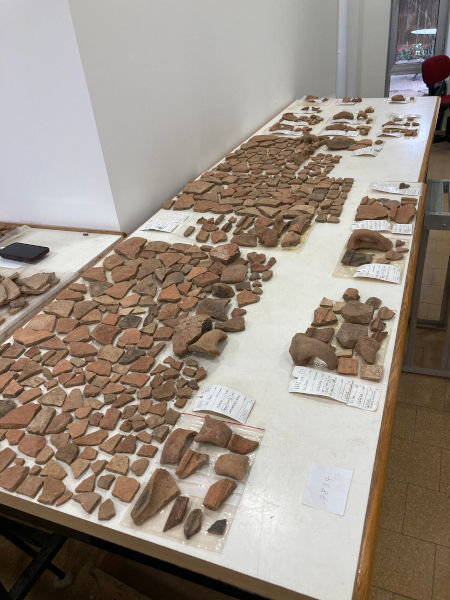
There were many instances where the information gained from laying out the pottery matched our initial interpretations. In this case, it was good to have confirmation and it provided a great opportunity for me to grow more familiar with pottery forms. Other times we needed to adjust our interpretation when we reexamined the data. For example, we realized that part of one locus was mixed with later material from a pit which had been missed in excavation. When we returned to the field notes, this also matched observations about an area with a slightly different soil composition. While the pottery was out, several pieces were also selected for illustration.
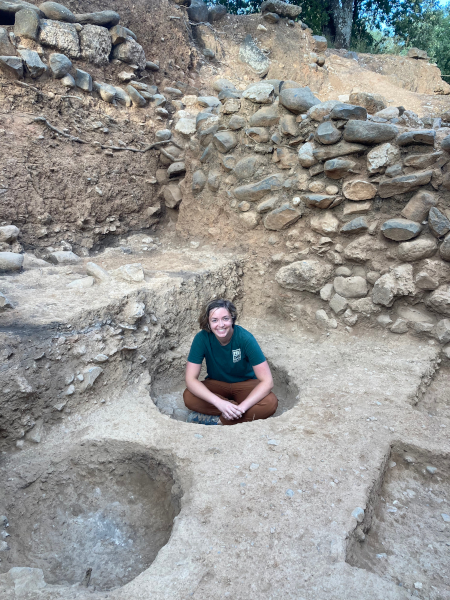
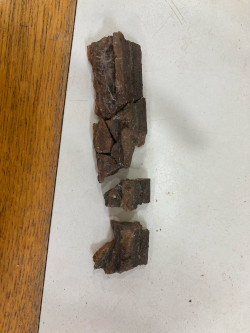
Partway through the restoration of a cooking pot rim – one of the first steps was always to figure out which pieces connected to each other; the color of the rim is due to char from the use of the cooking pot.
Although much of the study season was spent looking over tables filled with pottery, this did not account for the entire study season. One of the more fun and satisfying things we got to do after laying out the pottery was restoration. Sometimes, excavations will recover a large portion of a vessel; if it is broken when it is discovered (which is very often the case), you do not always know how much of it was preserved. Restoration, then, is a three-dimensional puzzle to fit together pieces that belong to the same vessel. Depending on how many pieces the item was in, this can also clarify the original shape of the object.
Finally, work was also done to lay out other artifacts – excavations may also uncover figurines, tools, beads, and many other items that people used in the past. These can frequently reveal a lot about daily life. During the study season, we made sure that all these artifacts were accounted for and took photographs and measurements of many of them. Decisions were also made about whether the Tel Dan team would be able to adequately research and publish this material or if an expert (e.g., in metalworking) would need to be called in to work with the material.
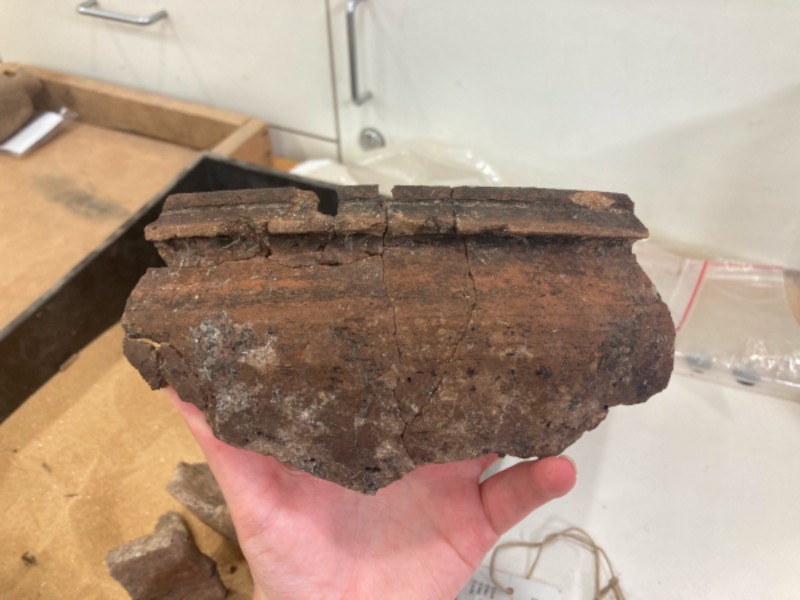
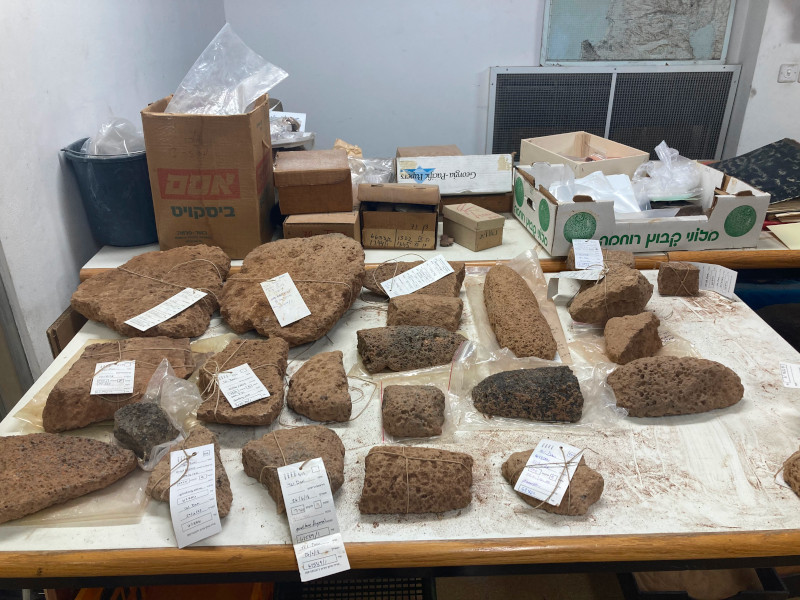
All this work has helped move some of the Tel Dan material toward publication. After all, without a solid understanding of the stratigraphy and the artifacts from the site, it is very challenging to write a final report. I look forward to the eventual publication of this material! It will be very cool to see the next stage of the process when I know something of its excavation and study season work.
Emilie Nordhues is a graduate student in the Near Eastern Languages & Cultures Department at UCLA. Her research interests lie in the Achaemenid period and include dealing with identity formation, the impact of empire on daily life and religious practices, and the mobility and impact of various communities of practice (such as craftsmen).
American Society of Overseas Research
The James F. Strange Center
209 Commerce Street
Alexandria, VA 22314
E-mail: info@asor.org
© 2023 ASOR
All rights reserved.
Images licensed under a Creative Commons Attribution-NonCommercial-ShareAlike 4.0 International License
COVID-19 Update: Please consider making payments or gifts on our secure Online Portal. Please e-mail info@asor.org if you have questions or need help.

